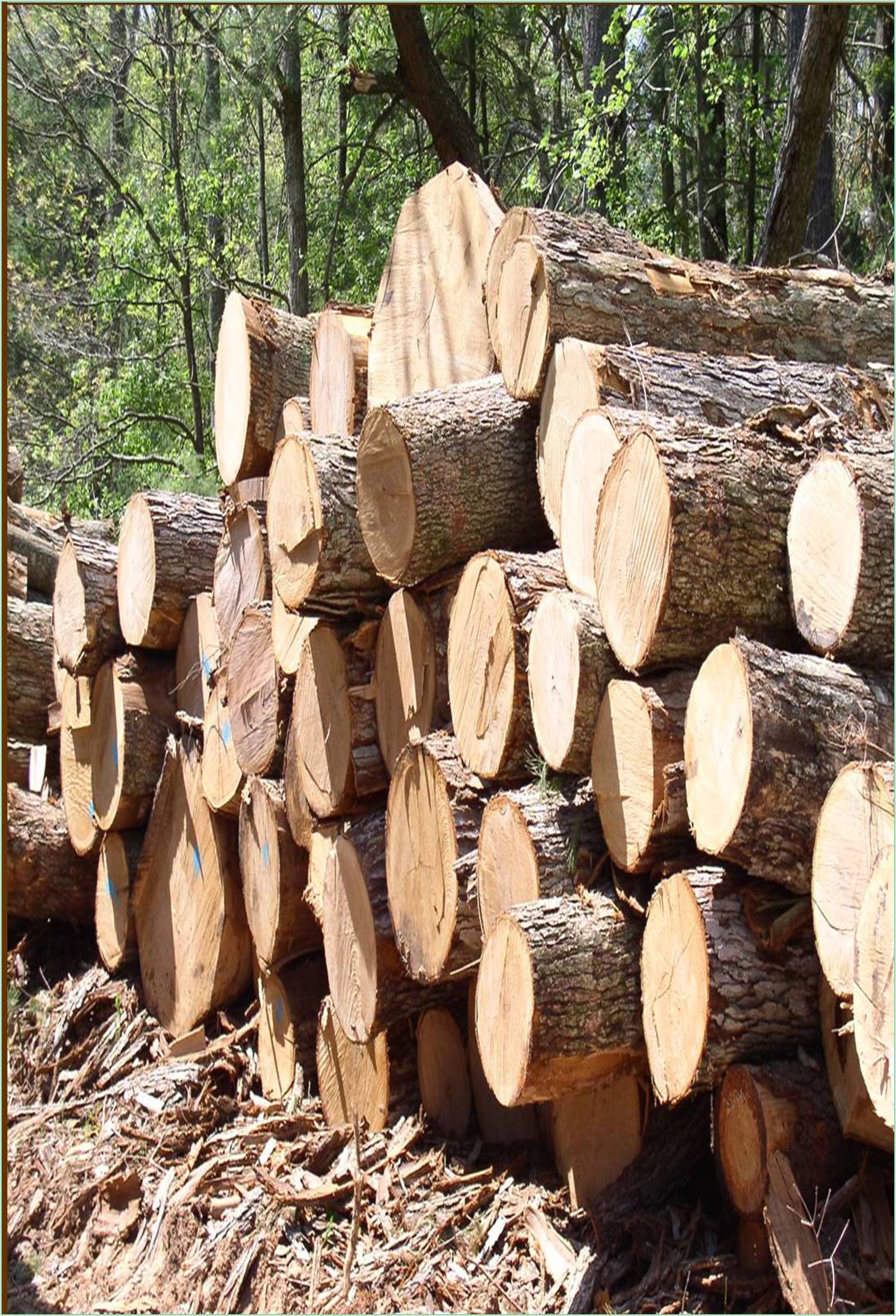



Received: 29-Nov-2022, Manuscript No. GJWSFW-22-83612; Editor assigned: 02-Dec-2022, Pre QC No. GJWSFW-22-83612(PQ); Reviewed: 16-Dec-2022, QC No. GJWSFW-22-83612; Revised: 23-Dec-2022, Manuscript No. GJWSFW-22-83612(R); Published: 31-Dec-2022, DOI: 10.15651/2449-1780.22.11.014
Wood preservatives are typically applied to wood goods to prevent degradation. Depending on the final goods' usage, biocide can be incorporated into the wood using pressure or non-pressure preservation treatments. Alternate treatments for improving the dimensional characteristics of wood and supplying biological resistance include thermal and chemical changes. The use of nanotechnology for wood preservation is a recent trend, nevertheless. The effectiveness of wood preservatives can be improved by nanomaterials with special qualities, extending the useful life of the wood products. This can be achieved via nanotechnology by encasing a biocide in nanocarriers or by impregnating wood with a suspension of metallic nanoparticles. Various nanomaterials can also be utilised to modify wood, particularly coating treatments to improve serviceability. However, more research is necessary to offer recommendations for the deployment of nanomaterials without risk. An overview of current wood preservation methods will be provided in this article. This essay also looks at recent studies on the use of nanotechnology in wood preservation. Solid wood is a naturally occurring polymer composite made of cellulose, hemicelluloses, and lignin that are naturally ordered into tubular structures and finally result in a composite with cylindrical layers. Because wood products contain carbon dioxide, using them minimises carbon emissions. While Europe, which accepted the Kyoto Protocol, has a regulated carbon market, carbon credits are now exchanged in the United States as part of a voluntary market.
Because of its high strength to weight ratio, timber is effectively used in constructions where it is carrying a significant portion of its own weight. Wood has been a valued and useful structural building material since the dawn of human civilization. However, as lumber is not inherently resilient, it must be treated in order to make it resistant (Canadian Wood Council, 2018).Assessment of durability is only dependent on the heartwood of the tree, not its sapwood. Heartwood has some discernible endurance because of its extractives, however sapwood should be regarded as perishable. More than 400 million tonnes of paper and paperboard are produced annually worldwide. It demonstrates that the community's ongoing use of paper items has not ended in the contemporary digital era. Nevertheless, a variety of packaging products are in high demand. This increase may be attributed to consumers' preference for online shopping and the growth of e-commerce, which makes it convenient to shop from home and have the item delivered to the intended recipients safely. In the realm of pulp and paper, nanocellulose has undergone substantial research as a strength enhancer.
Due to its abundance, accessibility, and intriguing qualities including biodegradability, low toxicity, outstanding mechanical and optical capabilities, high surface area, and renewability, nanocellulose is attracting a lot of attention. Any lignocellulosic material, such as wood pulp, non-wood plants, wood and agricultural leftovers, bacterial cellulose, and tunicates, can be used to manufacture and isolate nanocellulose, which is cellulose at a nanoscale dimension. Cellulose is a linear molecule made up of crystalline and amorphous areas, and it contains 1,4-linked glucose units. While cell wall delamination by high shear mechanical action causes a reduction in cellulose width and the formation of nanofibrillated cellulose, the removal of amorphous domains from the cellulose chain using mineral acid results in the isolation of nanocrystalline cellulose. The two types of nanocellulose that have been investigated the most for improving pulp and paper products are these two.